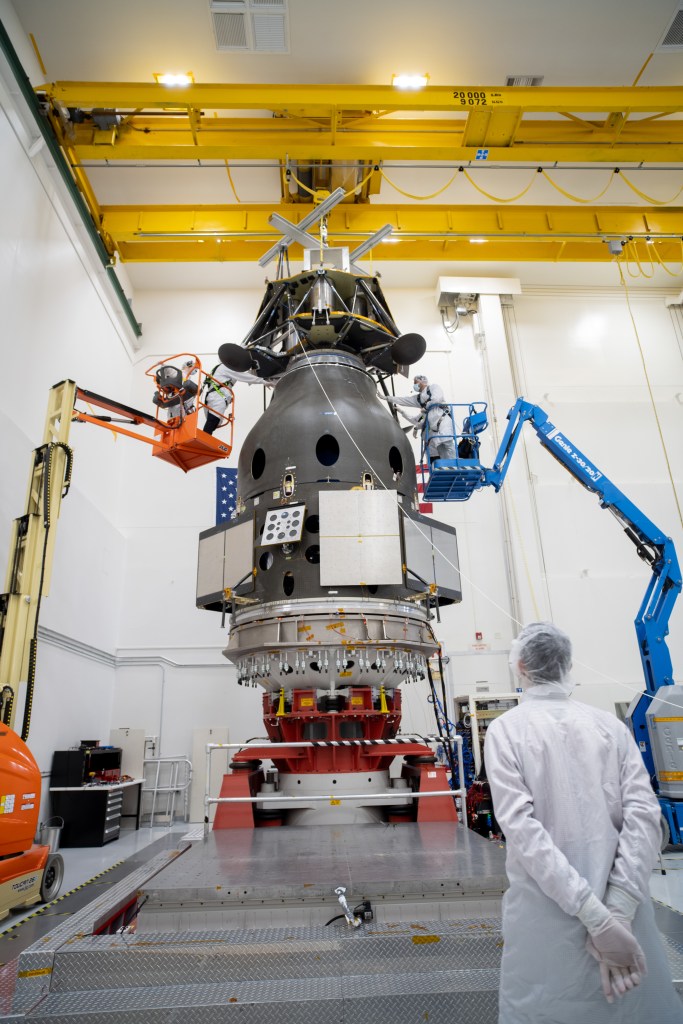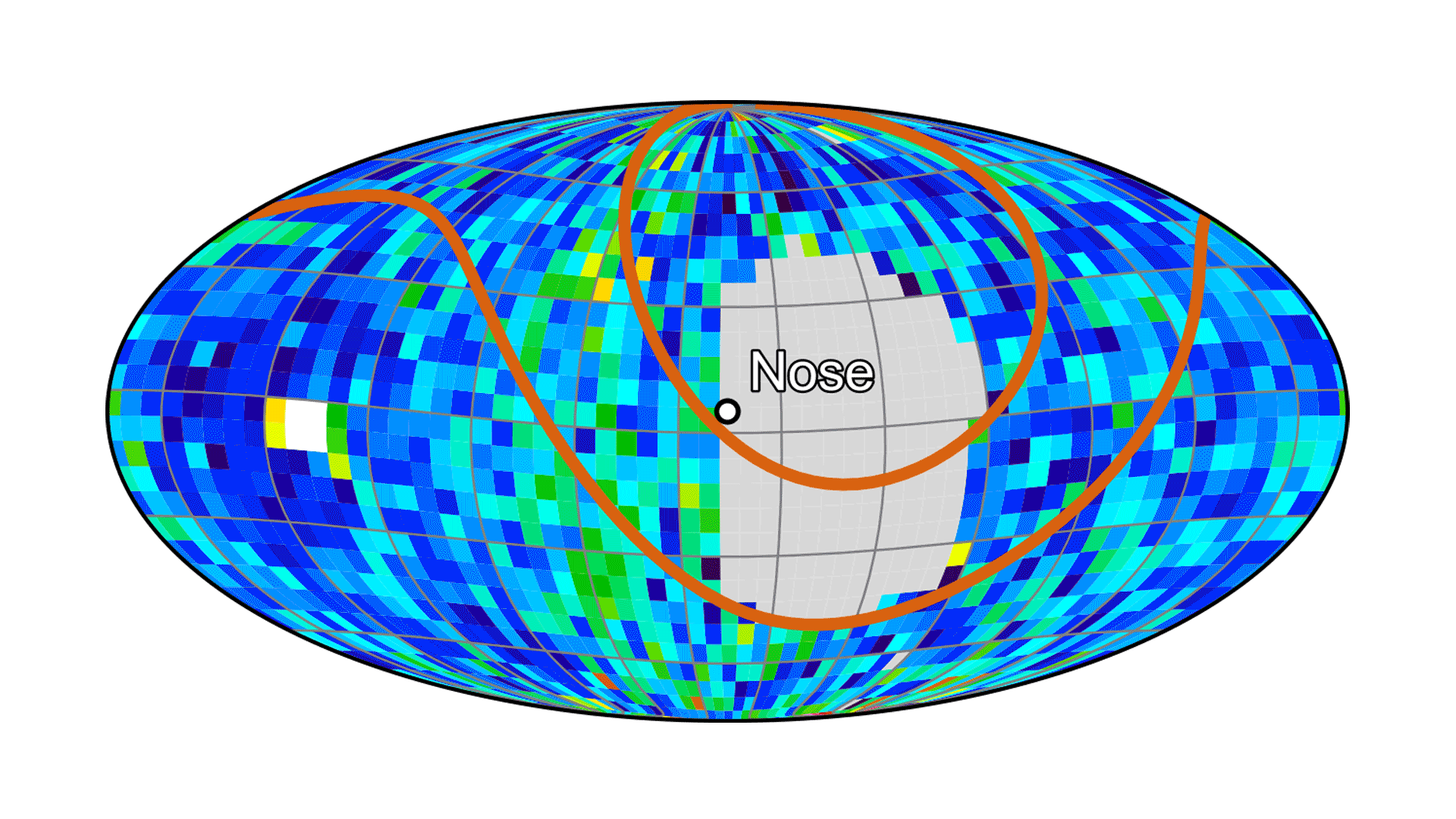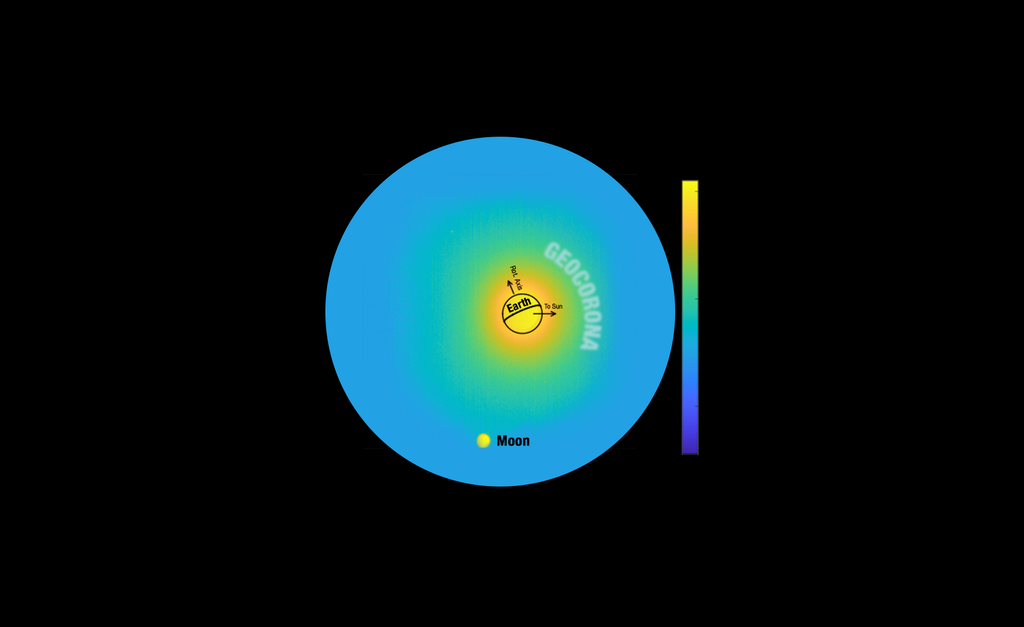“In 1963 there was alarm that the Apollo heat shield would not be able to protect the astronauts. We checked and found it would work as designed. Sure enough, the astronauts made it home safely!”
Gerhard Hahne played an important role in certifying that the Apollo spacecraft heat shield used to bring our astronauts home from the Moon would not fail. The Apollo command module was the first crewed spacecraft designed to enter the atmosphere of Earth at lunar-return velocity – approximately 24,000 mph, or more than 30 times faster than the speed of sound.
On July 20, 1969, the world watched as Apollo 11 astronauts Neil Armstrong and Buzz Aldrin took their first steps on the Moon. It was a historic moment for the United States and for humanity. Until then, no human had ever walked on another world. To achieve this remarkable feat, we recruited the best and brightest scientists, engineers and mathematicians across the country. At the peak of our Apollo program, an estimated 400,000 Americans worked to realize President John F. Kennedy’s vision of landing humans on the Moon and bringing them safely back to Earth. The men and women of our Ames Research Center in California’s Silicon Valley supported the Apollo program in numerous ways – from devising the shape of the Apollo space capsule to performing tests on its thermal protection system and study of the Moon rocks and soils collected by the astronauts. In celebration of the upcoming 50th anniversary of the Apollo 11 Moon landing, our new portrait series, “Faces of Apollo,” highlights some of the amazing people who worked at Ames in the 1960s to help make the Apollo program a success.

























